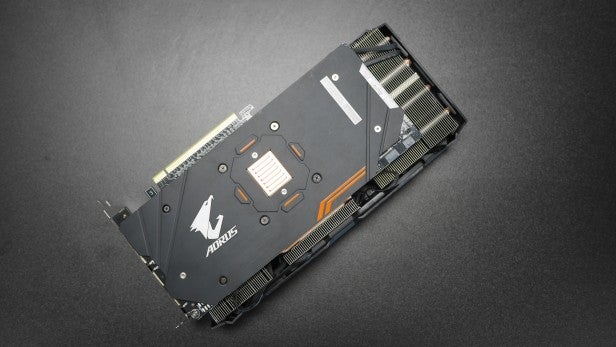


Understanding why performance behaves the way it does is critical for future expansion of our own knowledge, and thus prepares our content for smarter analysis in the future.įor the test bench proper, we are now using the following components: GPU Test Bench (Sponsored by Corsair) If we know that performance boosts harder at 4K than 1080p, we might be able to call this indicative of a ROPs advantage, for instance. More importantly, this allows us to start pinpointing the reason for performance uplift, rather than just saying there is performance uplift. This includes 4K, 1440p, and 1080p, which allows us to determine GPU scalability across multiple monitor types. We are also testing most games at all three popular resolutions – at least, we are for the high-end. Game graphics settings are defined in their respective charts. Longevity: Regardless of popularity, how long can we reasonably expect that a game will go without updates? Updating games can hurt comparative data from past tests, which impacts our ability to cross-compare new data and old, as old data may no longer be comparable post-patch.Popularity: Is it something people actually play?.We will include more Vulkan API testing as more games ship with Vulkan API: We have chosen a select group of DirectX 11 and DirectX 12 API integrations, as these are the most prevalent at this time.Unreal Engine), we can ensure that we are representing a wide sweep of games that just use the built-in engine-level optimizations By choosing one game from each major engine (e.g. Game Engine: Most games run on the same group of popular engines.In order to better optimize our time available and test “smarter” (rather than “more,” which was one of our previous goals), we have selected games based upon the following criteria: Our games selection is a careful one: Time is finite, and having analyzed our previous testing methodologies, we identified shortcomings where we were ultimately wasting time by testing too many games that didn’t provide meaningfully different data from our other tested titles. Most notably, we have overhauled the host test bench and had updated with new games.
Amd rx 580 series#
Testing methodology has completely changed from our last GPU reviews, which were probably for the GTX 1070 Ti series cards. Keep in mind that pricing in China will be a bit higher than the US, on average. We paid about $180 USD for this card, which puts it around where some RX 570s sell for (though others are available for ~$150). It also appears that DATALAND (迪兰) works alongside TUL, the parent company to PowerColor. DATALAND didn’t make the GPU – they just put it on the PCB and under the cooler (which is actually not bad).
.png)
Keep in mind that, for all our scorn toward the GPU, DATALAND is somewhat unfortunately the host. Today, we’re using the DATALAND RX 580 2048 as our vessel for testing AMD’s new GPU. We have a separate video scheduled to hit our channel with a tear-down of the card, in case you’re curious about build quality. It’s disgraceful, misleading, and predatory of consumers who may otherwise not understand the significance of the suffix “2048.” If they’re looking for an RX 580, they’re still finding one – except it isn’t one, and to brand the RX 580 2048 as an RX 580 is disgraceful. AMD is pulling the same deceitful trick that NVIDIA pulled with its GT 1030 DDR4 card. It is an RX 570, or maybe an RX 575, if AMD thinks that a 40MHz clock difference deserves a new SKU. That said, an RX 580 2048 is, by definition, not an RX 580. Don’t get us wrong: The RX 570, which is what the RX 580 2048 is, is a reasonably good card, especially with its new prices of roughly $150 (Newegg) to $180 elsewhere. Taking an existing product with a relatively good reputation and rebuilding it as a worse product isn’t new. Working with GamersNexus contacts in Taiwan, who then worked with contacts in China, we managed to obtain this China-only product launch so we could take a closer look at why, exactly, AMD thinks an RX 570 Ti deserves the name “RX 580.” The RX 580 is also a few MHz higher in clock, which is fully attainable with an overclocked RX 570. The RX 580 20 FPUs (or streaming processors), which happens to be exactly what the RX 570 has. The point of having those two, distinct names is that they represent different products. AMD launched its RX 580 2048 silently in China a few months ago, and in doing so damaged its brand credibility by rebranding the RX 570 as an RX 580.


 0 kommentar(er)
0 kommentar(er)
